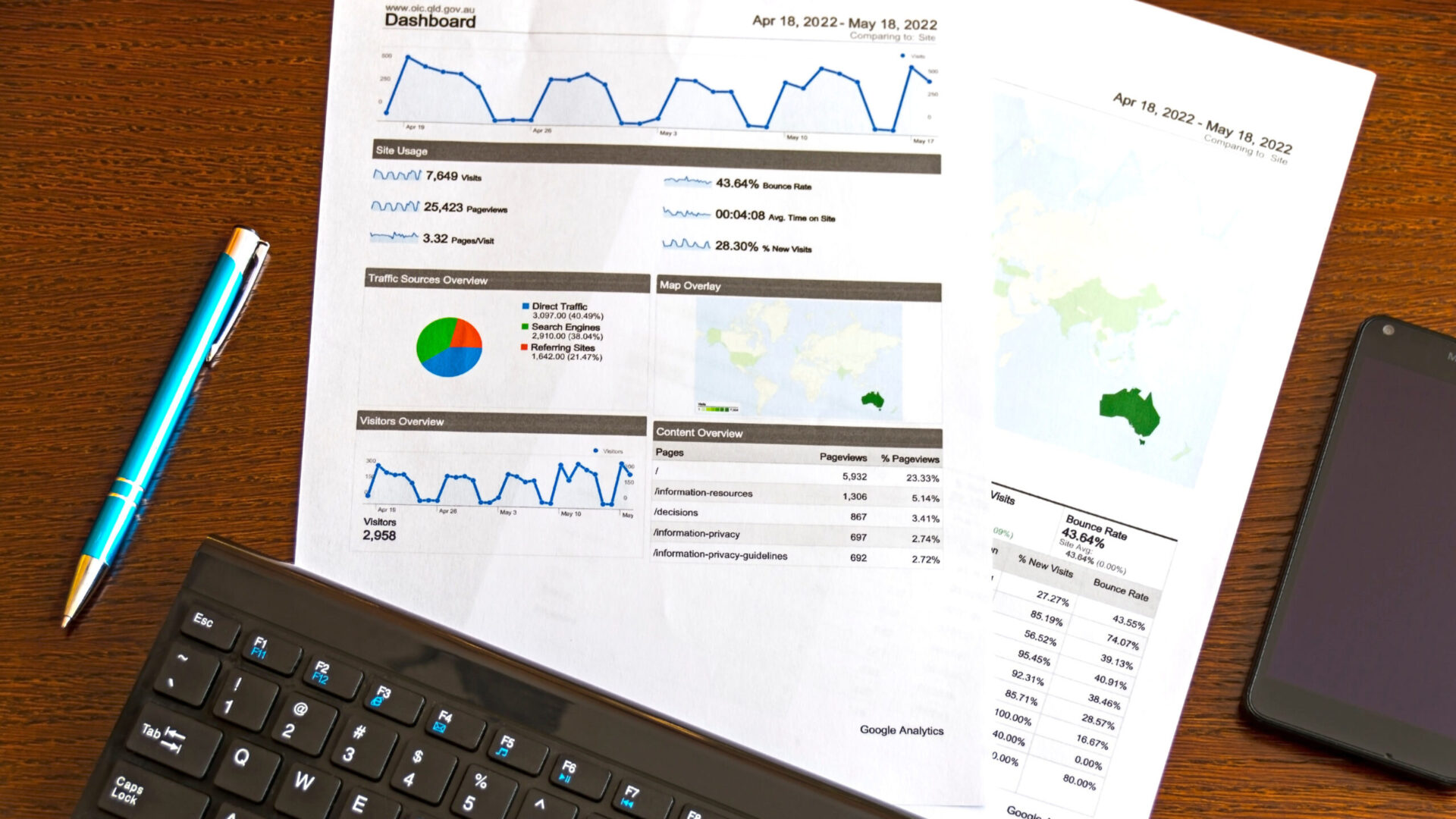In this guide, we'll cover five critical steps to successful sales route optimization.
When you spend too much time trying to plan the best route, you're left with way little time selling products and services.
On-field sales representatives often cover a large area when making calls or customer visits to potential clients. A lack of direction can lead to inefficiencies and missed opportunities when these salespeople don't have enough time to visit all their intended customers.
When you optimize your sales routes, you can gain more insight into your customer base and make plans to maximize your time.
Sales route planning is optimizing routes for on-field sales representatives to help them make the best use of their time and resources. This planning typically involves specialized mapping software or planning tools that help you analyze customer data, plan optimal routes, and manage scheduling.
For example, suppose you run a sales team that covers Downtown, Midtown, and the Financial District. A sales route planner can help you analyze and optimize your sales routes to plan more efficient visits to each area and reach more customers in less time. You can also use route planning software to manage scheduling for your sales team, so you always know who is where.
There are several key steps that you can take to optimize your sales routes. These include:
Your customers' needs and preferences can vary significantly from one area to another, so it's important to understand these differences when optimizing your routes. For example, some customers prefer in-person visits, while others may be more responsive to phone calls or email.
Certain types of businesses, such as restaurants and retail shops, may also respond more strongly to visits than others, such as financial services firms. Conduct surveys or analyze data and feedback to understand these differences. Not every customer requires the same time for a sale or visit, so it's important to understand how long each type of activity typically takes.

Road conditions and traffic patterns can significantly affect your ability to visit customers on time. For example, during rush hour, you may double or triple the time it typically takes to reach certain locations. Similarly, snow and other inclement weather can slow travel and make it harder for salespeople to complete their routes efficiently.
Check local traffic conditions, weather forecasts, and other relevant sales data to ensure that your sales routes are feasible under various conditions. Also, to get the best sales route optimization, consider alternate routes if road closures or other events cause disruptions.
Sales reps often juggle multiple priorities, so tracking data, traffic conditions, and other variables influencing your route planning is difficult. 25 percent of sales professionals are not happy with the sales tools and the technology available to them. At the same time, 54 percent of sellers say sales tools enable them to build stronger relationships with buyers.
Use specialized software or tools to create an efficient sales route. These tools also maximize productivity and minimize problems like missed appointments or time spent looking for customers on the wrong block,
While you can use a tool like Google Maps, a dedicated route planner app provides more advanced features, such as dynamic rerouting based on traffic conditions or alternative routes for unexpected emergencies.
Going from point A to point B is only one part of the sales process. Market conditions can also impact sales and customer interactions. For example, if you're processing high orders during the holiday season or launching a new product, it's important to plan your routes accordingly to meet these changing demands.
Similarly, seasonal changes in demand can also require sales teams to adjust their routes. Use data forecasts to predict trends and adjust your route times appropriately, so you can optimize your sales strategy based on real-time information.

Even the most carefully planned sales routes can cause missed customers or inefficient use of time. 91 percent of companies use customer feedback to make decisions. Evaluate your efforts regularly, using customer feedback and sales metrics to identify areas for improvement.
Schedule regular meetings with field sales teams to get feedback on changes that could improve their workflows, such as additional customer data or newly launched products. You may also want to implement feedback systems, such as customer satisfaction surveys, to get information directly from customers about how well your routes are meeting their needs.
Simply put, optimizing your route can be a gamechanger for your sales performance. Here's how:
An optimized route considers traffic patterns, weather, and demand forecasts and reduces the resources you'd spend on extra fuel or overtime pay for field sales teams.
Field sales reps minimize travel times, save money, and optimize their productivity when they prepare a route that considers these factors. These savings translate into lower costs for your company and improved customer satisfaction since reps are more likely to reach customers on time.
One of the most important aspects of optimizing your sales routes is gathering real-time feedback from customers and field sales reps. This can help you identify potential areas for improvements, such as additional customer data or changes to product offerings, and make targeted adjustments accordingly.
Whether you're working with field sales reps or directly with customers, regularly scheduled check-ins can help you stay on top of any changes to your route planning efforts and ensure that you're meeting the needs of all stakeholders.
Effective route optimization requires communication between field sales reps, as well as a clear understanding of how each team member contributes to the overall process. Consider using tools like group messaging apps or cloud-based task management systems to improve collaboration and ensure all stakeholders are informed about changes or new opportunities.
This collaboration can help field sales reps anticipate issues, share tips for optimizing routes, and get support when faced with unexpected challenges. Ultimately, strong communication can lead to more efficient route planning and improved outcomes for your organization.

Consider internal factors, such as product offerings and route planning tools, and external factors, such as customer demand or emerging market trends, to optimize your field sales efforts. Use data-driven insights to inform your sales strategy and stay ahead of the competition, identify new growth opportunities, and ultimately drive better results for your business.
Whether working with field sales reps or leveraging customer data to improve route planning efforts, a dynamic and data-driven approach can help you get the most out of your field sales strategy. Focus on your sales route optimization to get the best results
RepMove is the top field sales route planner for sales reps, teams, and managers. With cutting-edge tools and features at your fingertips, it empowers you to optimize your time and get the most out of every stop. Download our free trial and revolutionize your field sales performance!